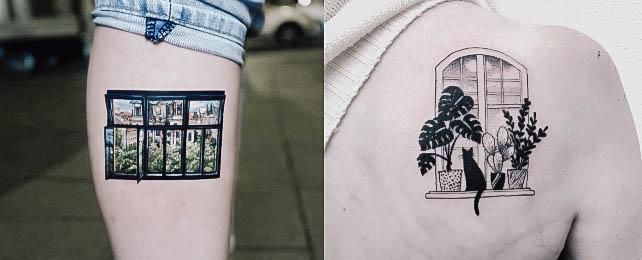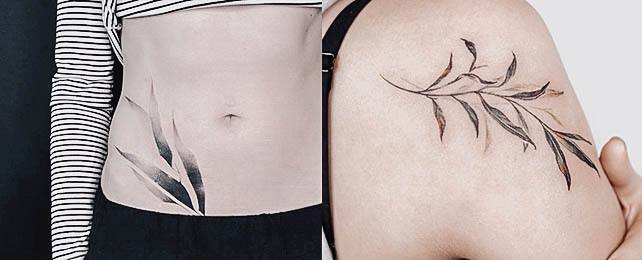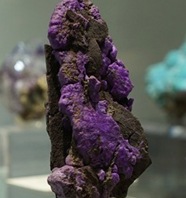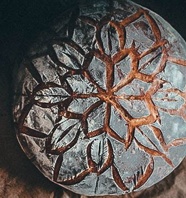However, the Gothic cathedrals that gave rise to it in the tenth century are where we first encountered the type of stained glass most familiar today.
Although there is a strong connection between stained glass windows and religion, it is not what comes to me when I think of it. Because they were featured in the opening narration of the 1991 Disney classic “Beauty and the Beast,” stained glass windows will forever be legendary in my eyes. Since then, this vivid and vibrant medium has captured most people’s attention and become an obsession.
Window art is renowned for its elaborate and vibrant compositions, making window tattoos fantastic. It is created by blowing glass while adding various metallic oxides to it. Large windows with stained glass in old churches and cathedrals give a majestic appearance. Additionally, they were employed to adorn significant structures like municipal halls and offices.
The story of saints, Jesus Christ, and other Bible figures are shown in stained glass tattoos. These tattoos exhibit exceptional taste and lend a classic touch. A stained glass tattoo sleeve size can vary from little to huge. You can combine many aspects of your subject to create beautiful tattoos.
Window tattoos allow you to permanently inscribe your favorite architectural detail from a church or cathedral on your body. Biblical stories and figures inspire the majority of popular female window designs.
Popular window design idea inspiration:
While the classic double hung or bay window is super popular these days, none come close to the trendiness of the stained glass window design.
Stained glass windows are an integral part of religious architecture, adorning churches, cathedrals and other places of worship around the world. They have been used for centuries to depict stories from the Bible and other religious texts, as well as to add color and beauty to a space. Stained glass windows can be found in churches, chapels, mosques, synagogues and temples across the globe. So it makes sense as to why so many women are opting to go with a stained glass window tattoo design.
The earliest known examples of stained glass windows date back to the 7th century AD in Europe. At that time, these windows were made using a combination of colored glass pieces held together by lead cames. This type of window is known as “opus sectile” or “opus figuratum” which translates to “cut work” or “figured work” respectively. The figures depicted on these early stained glass windows often featured scenes from the Bible or other religious texts such as saints or angels.
In the 12th century AD, stained glass window designs began to become more complex with the introduction of new techniques like grisaille and painting with enamels onto the surface of the glass. This allowed for a greater range of colors and shades which could be used in order to create more detailed images on the stained glass windows.
During this period many famous stained-glass windows were created including those at Chartres Cathedral in France and Canterbury Cathedral in England. These two cathedrals both feature some of the most famous examples of medieval stained-glass artistry which have been preserved over time despite damage from wars and natural disasters such as earthquakes or fires. The Chartres Cathedral’s rose window is one example which has become iconic throughout history due to its intricate design featuring numerous figures and symbols from Christian mythology such as Jesus Christ surrounded by various animals representing different virtues like humility or faithfulness.
In addition to being used in religious buildings, stained-glass windows have also been incorporated into secular architecture since medieval times. Examples can be found adorning castles, palaces and even private homes where they are often used as decorative elements rather than for their symbolic meaning associated with religion. During this period many wealthy individuals commissioned their own unique stained-glass designs featuring portraits of themselves or their families along with heraldic symbols representing their lineage or family crest.
The 19th century saw a revival in interest towards stained-glass artistry with renowned artists such as Louis Comfort Tiffany creating beautiful works for both public spaces like churches but also for private residences too. Tiffany’s signature style combined richly colored glasses with abstract patterns often inspired by nature such as flowers or butterflies which created an ethereal effect when illuminated by sunlight streaming through them during daytime hours. Many churches around the world still feature stunningly beautiful examples of traditional stained-glass artwork while modern versions often incorporate elements from both old and new techniques creating truly unique works that can last for centuries if properly cared for over time. Keep this beautiful window form alive forever with your own body art peice!
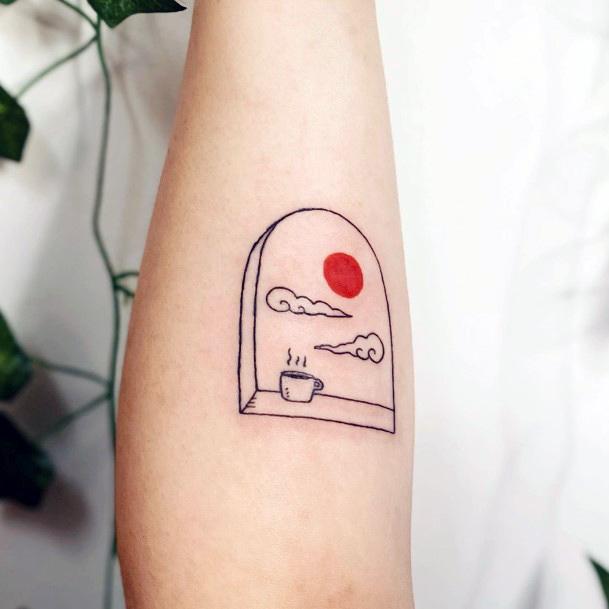
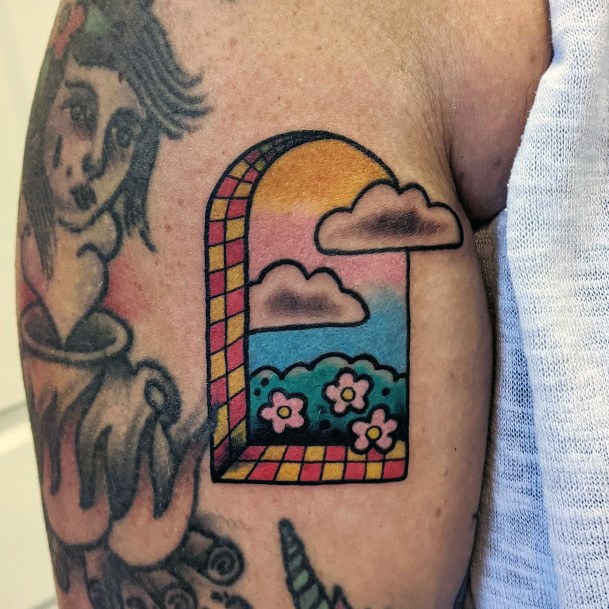
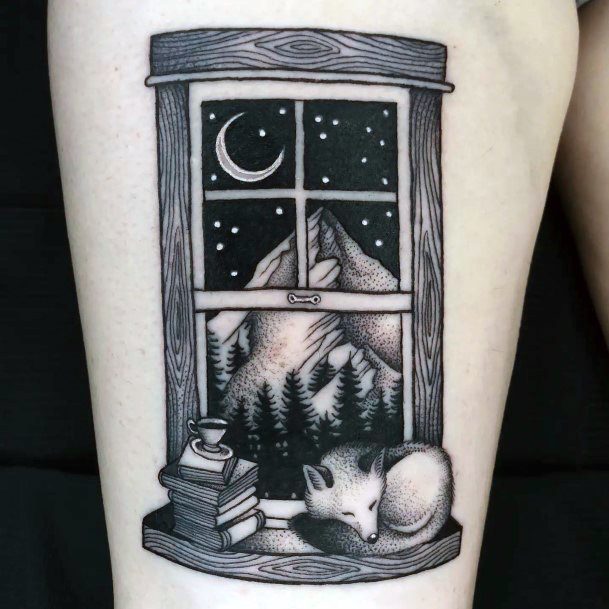
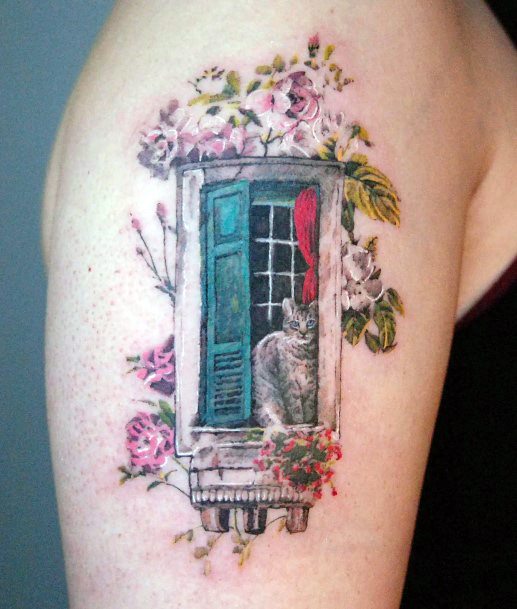

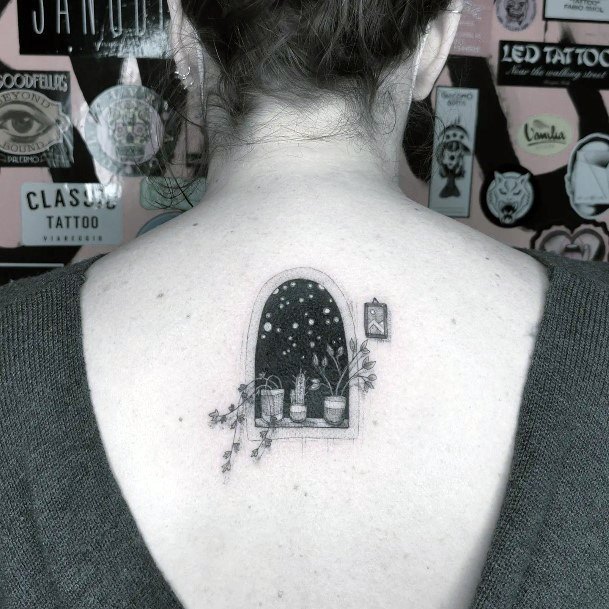
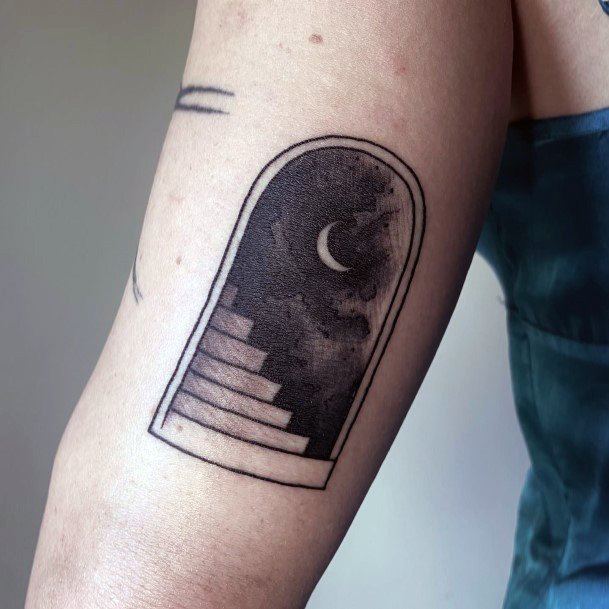
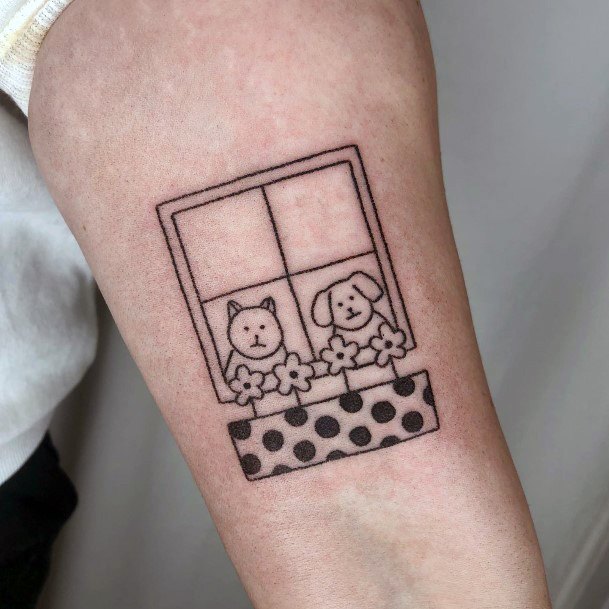
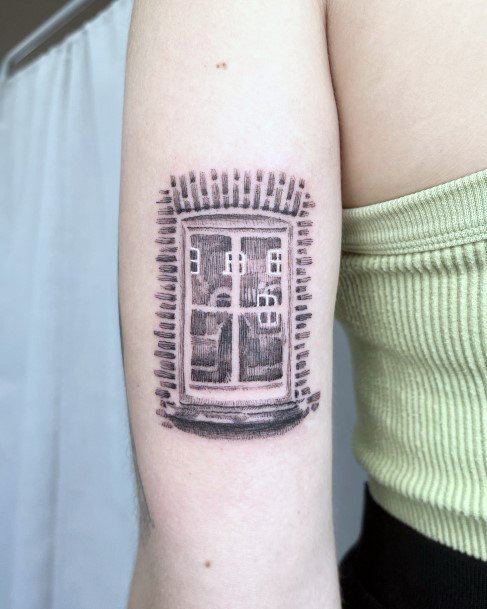

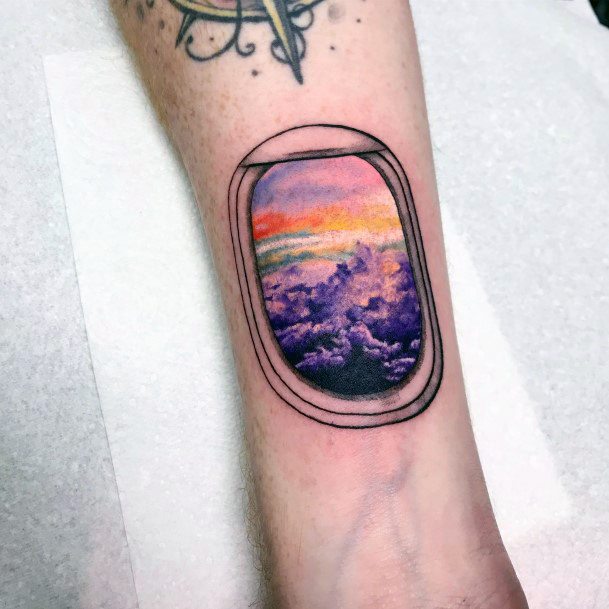
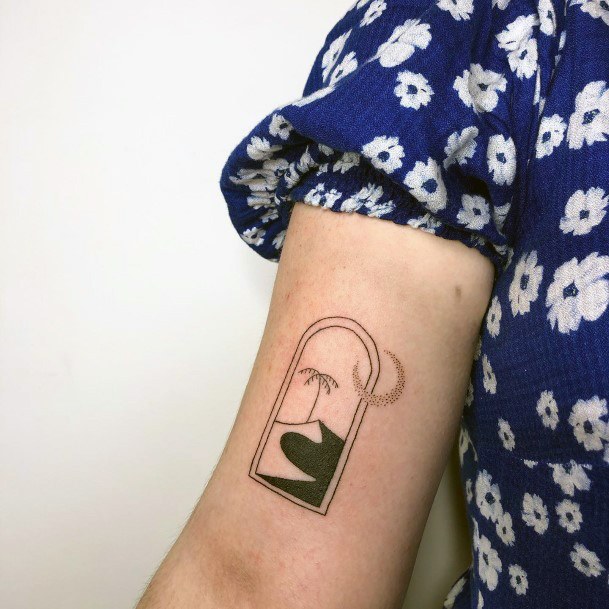
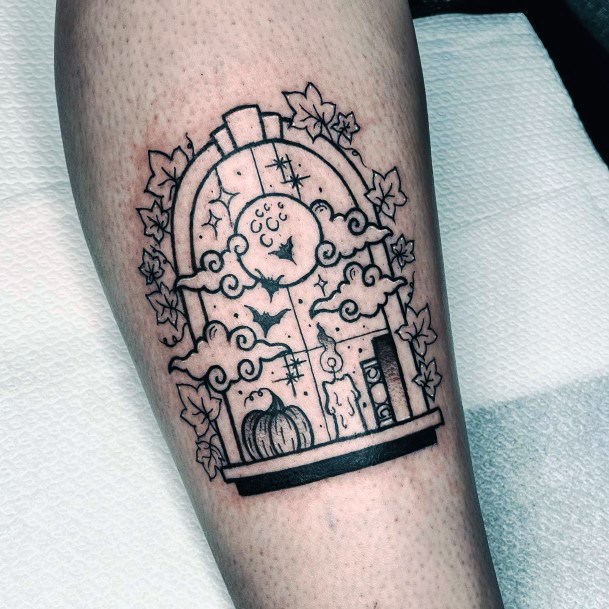
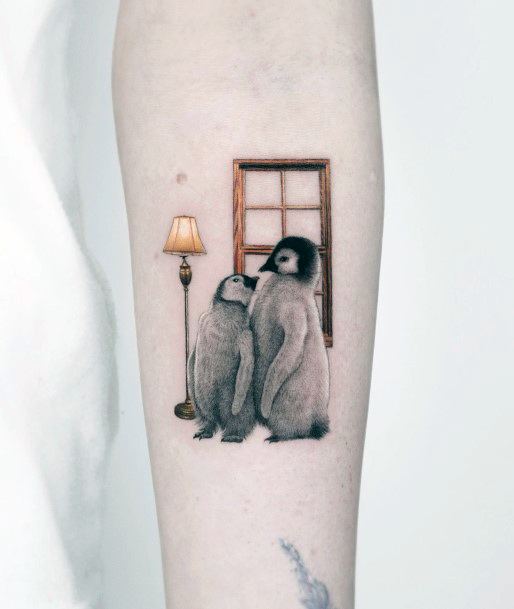
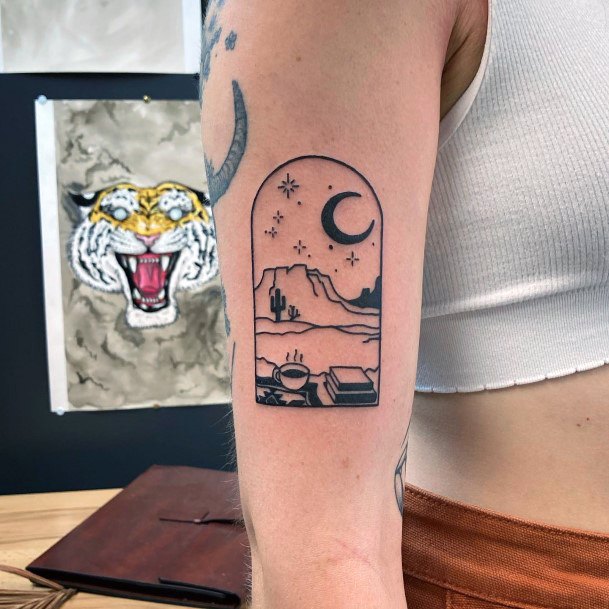

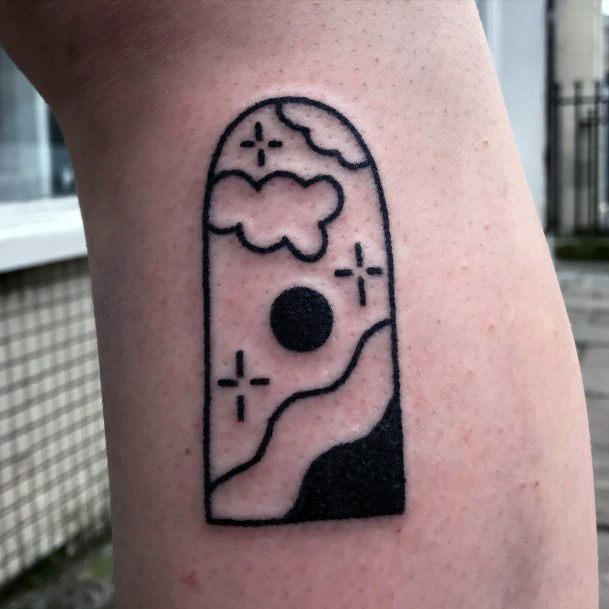
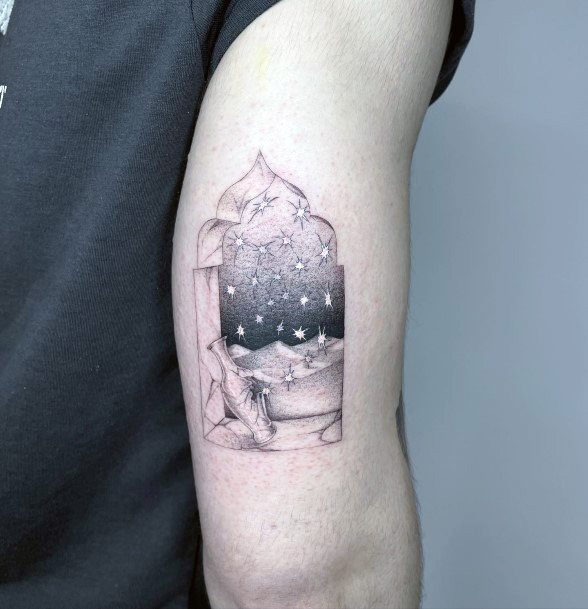
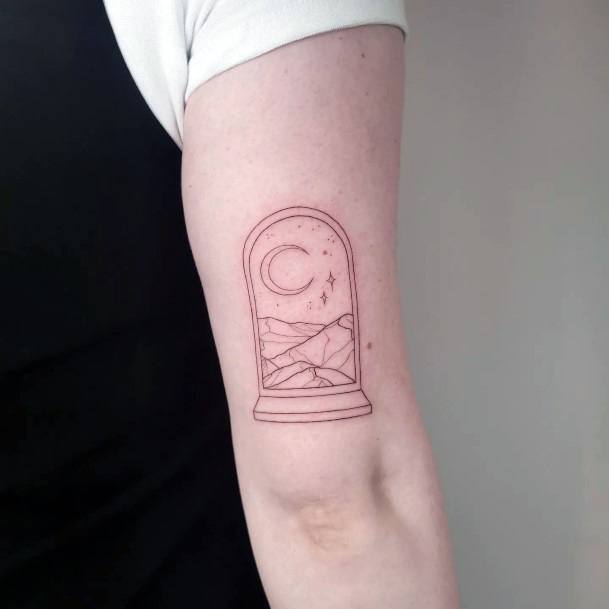
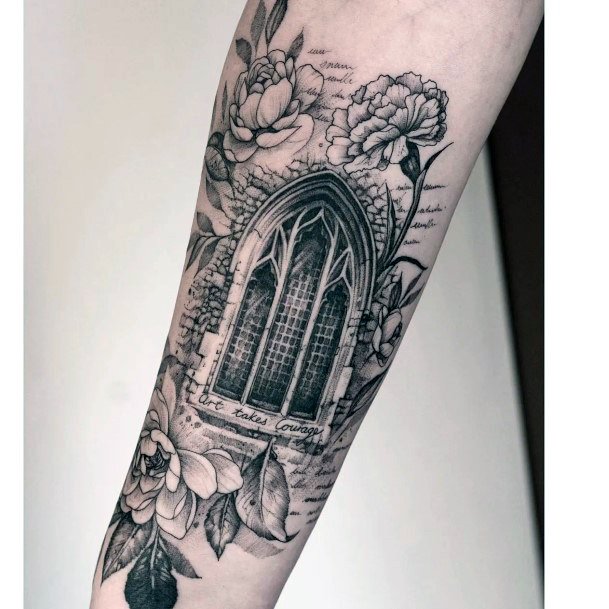
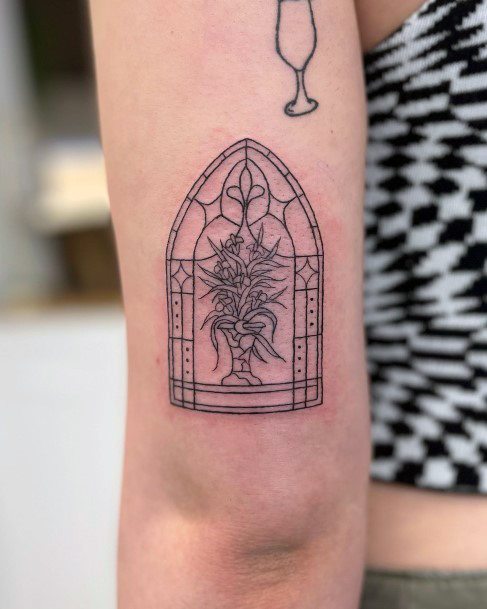


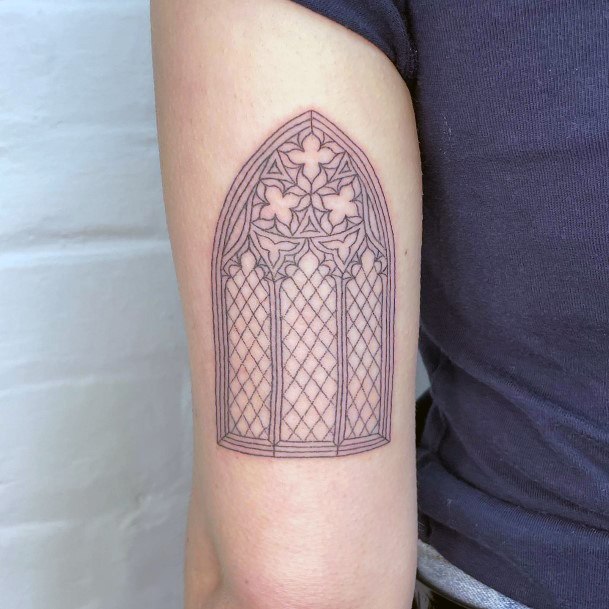


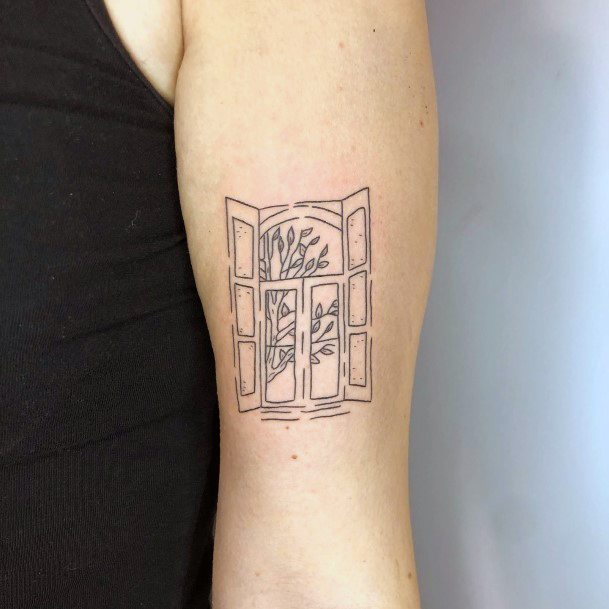
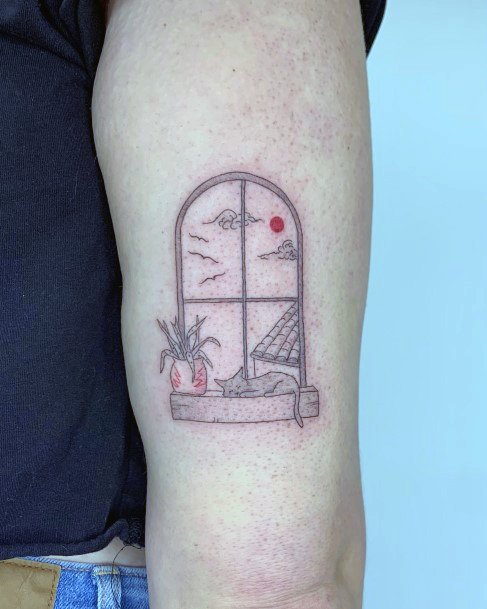
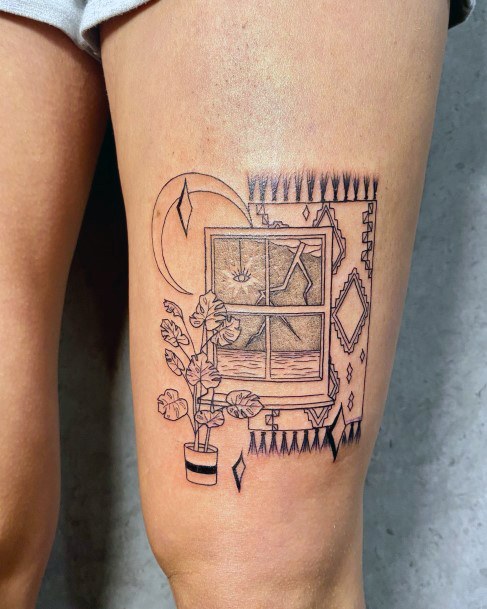
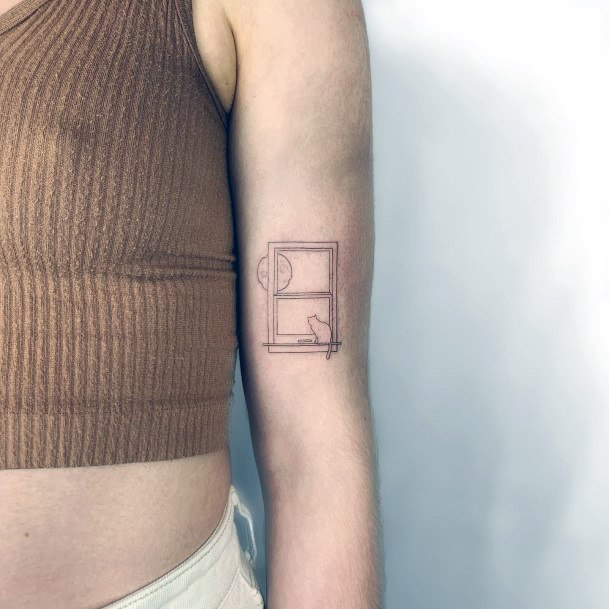
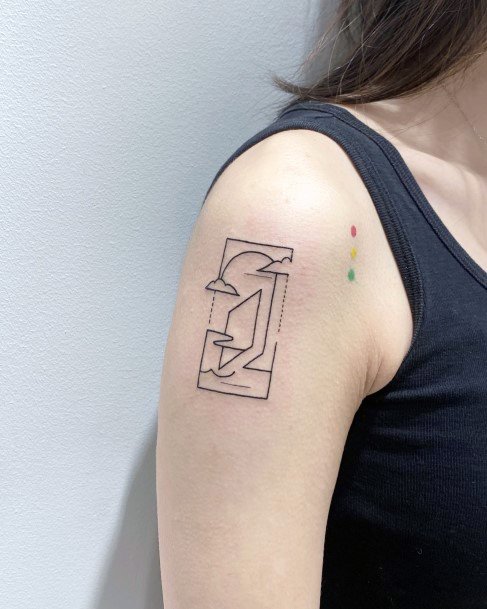
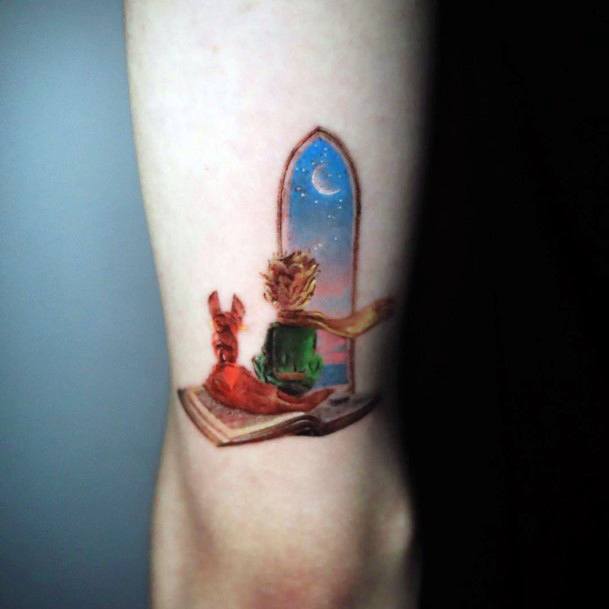
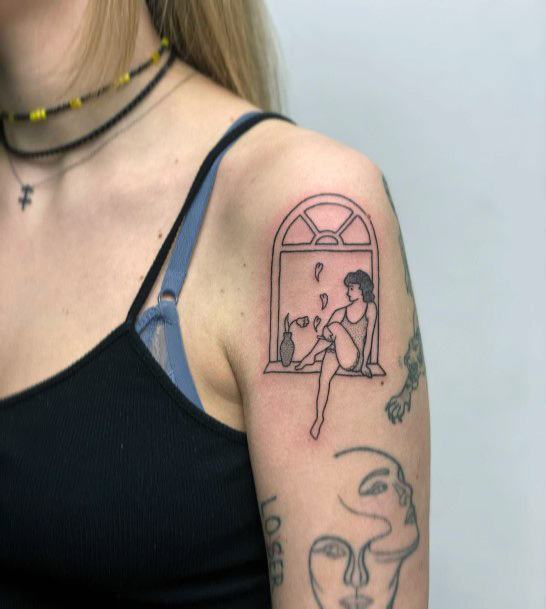
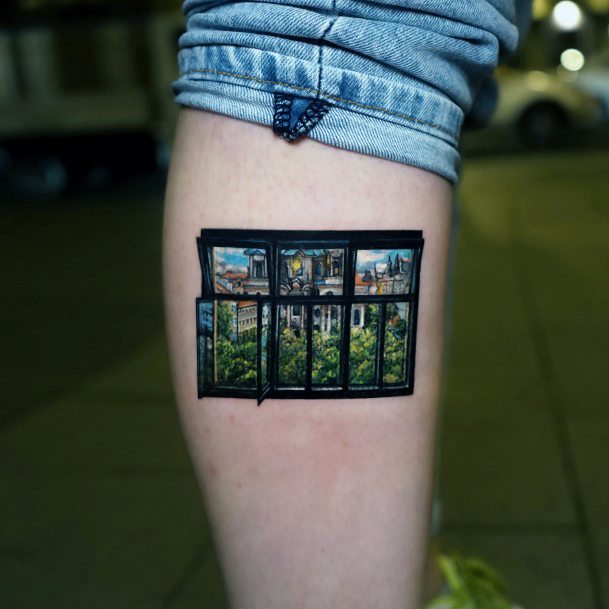
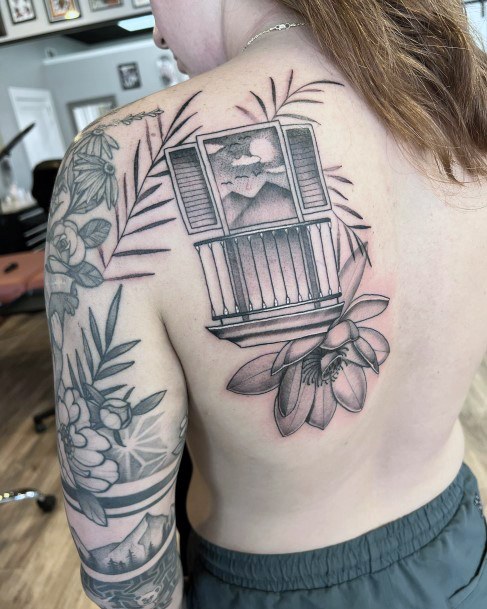
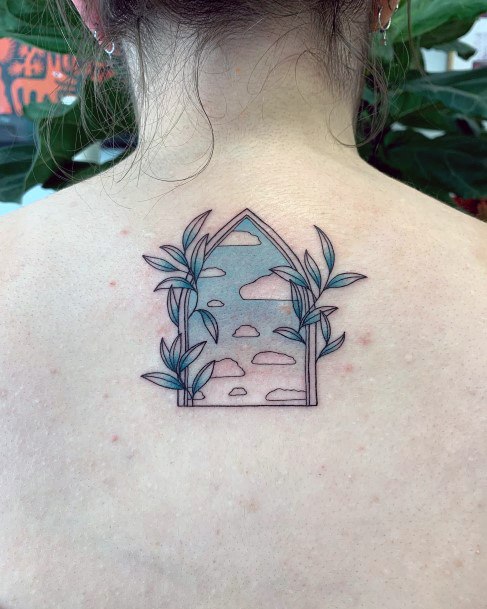
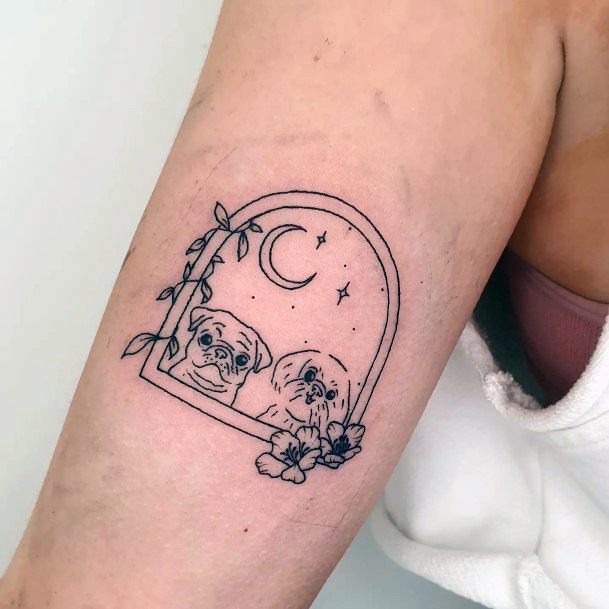
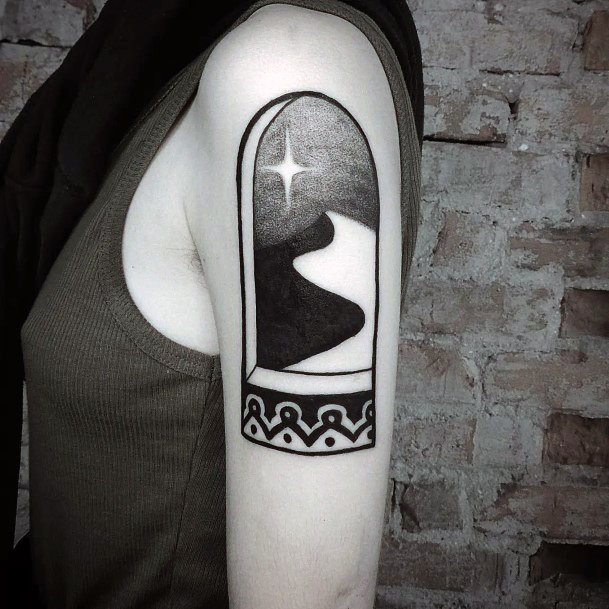

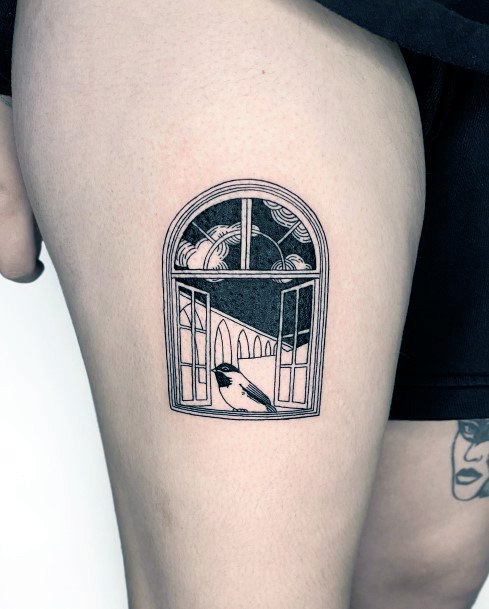
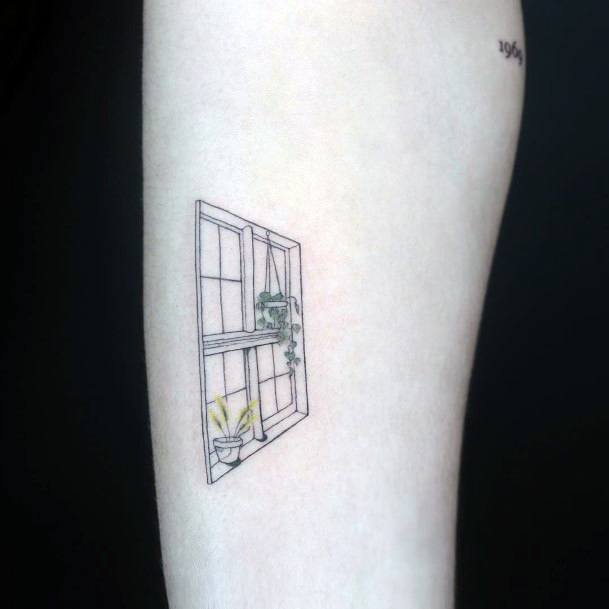
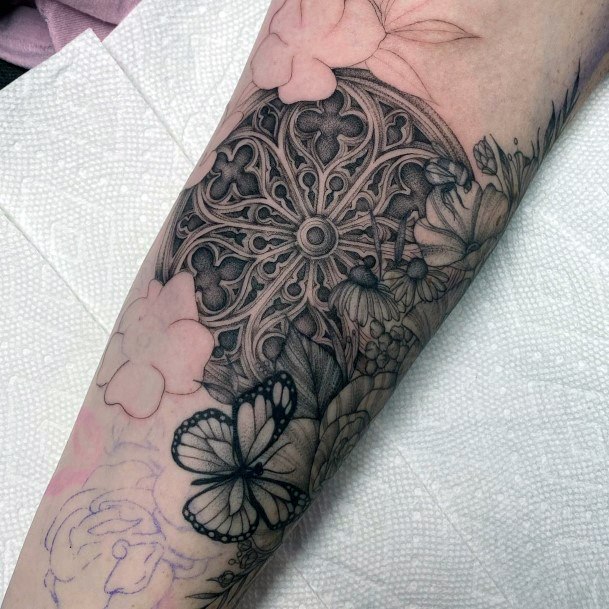
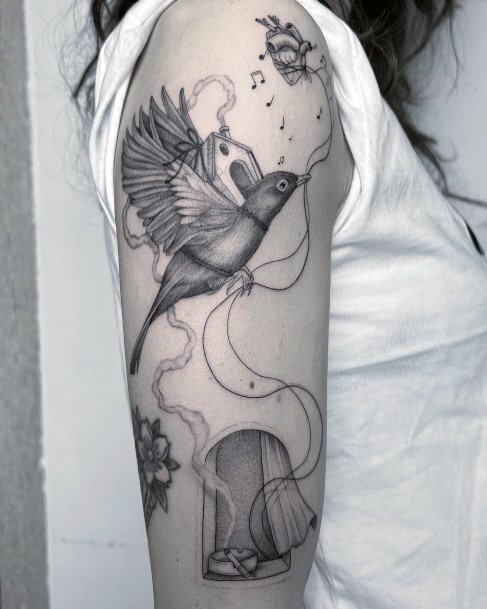
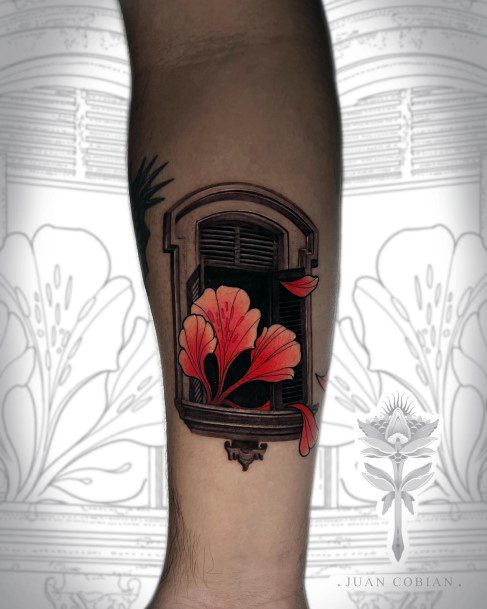
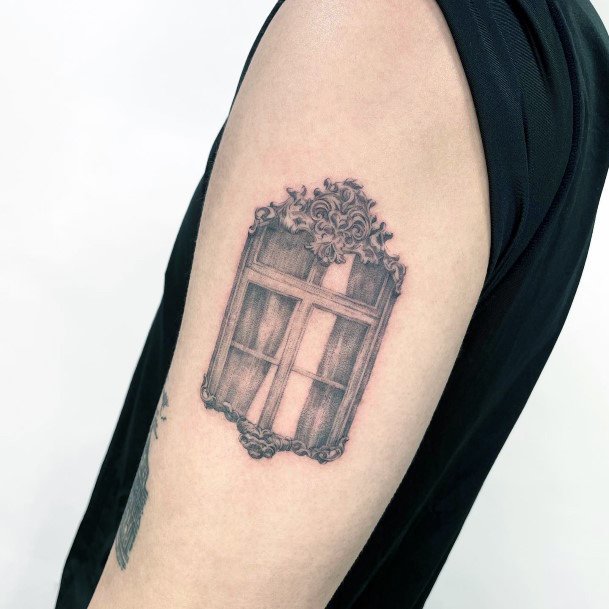
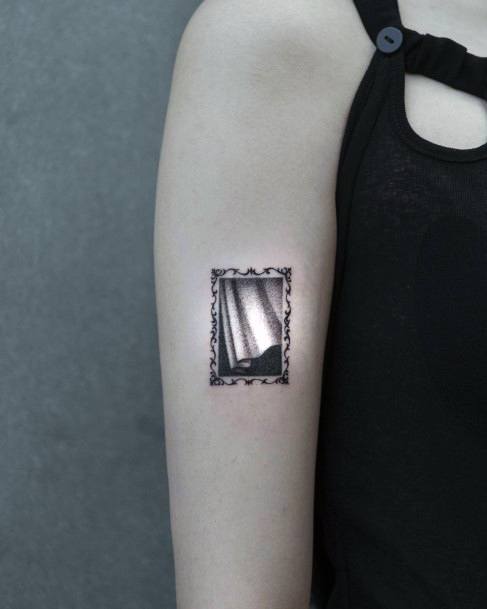
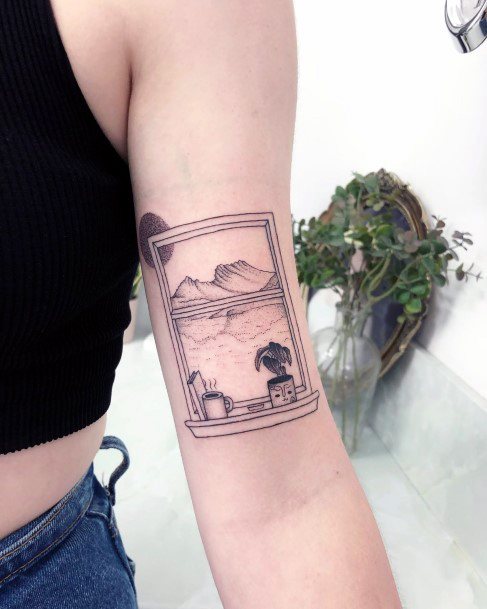
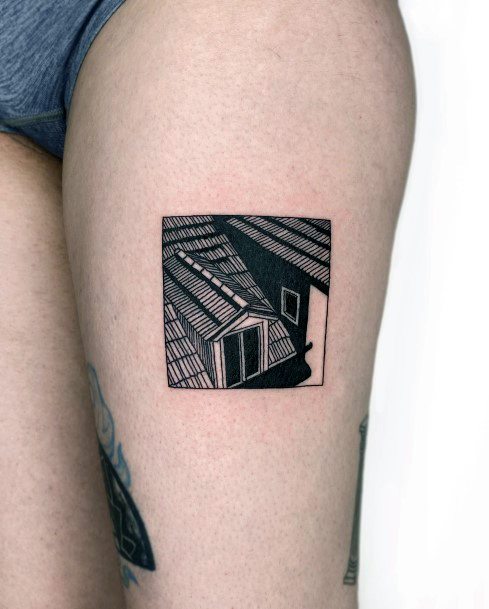
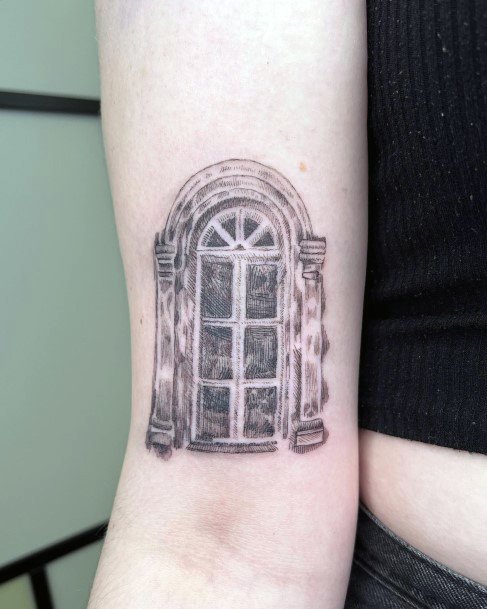
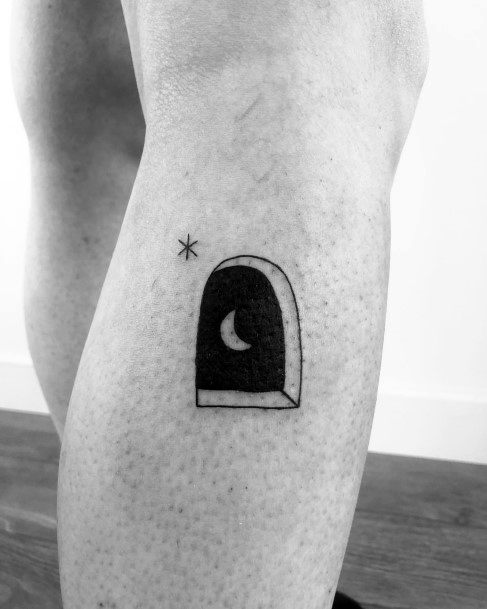
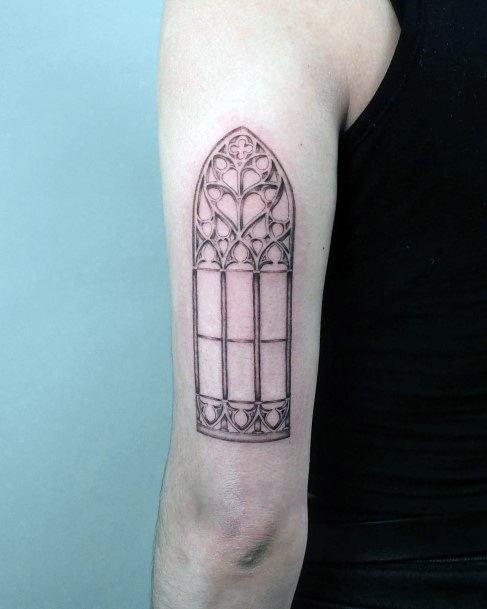

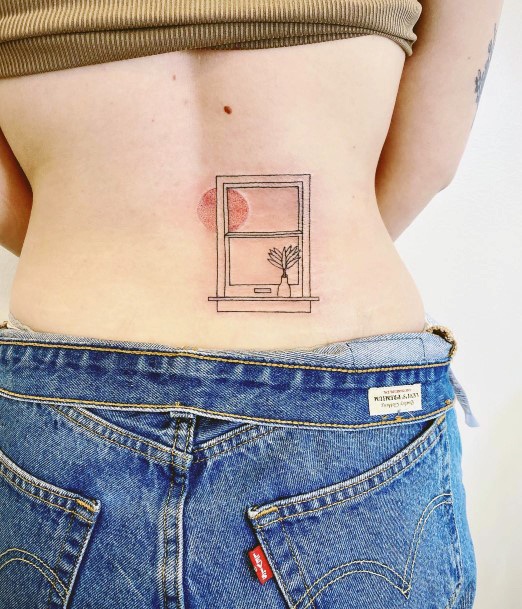

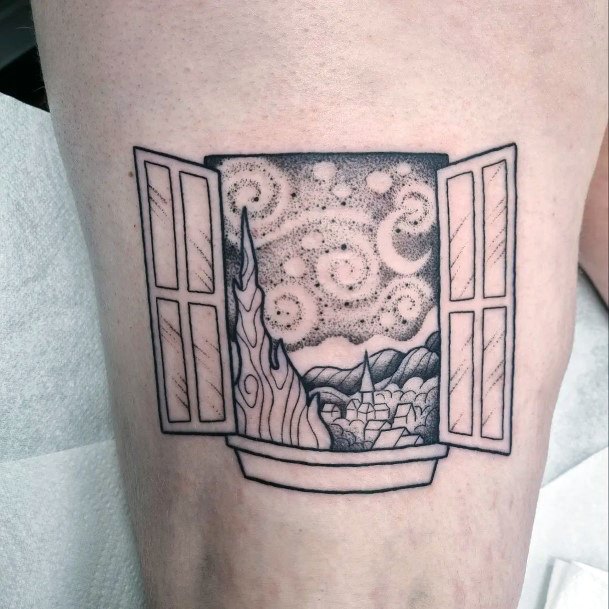
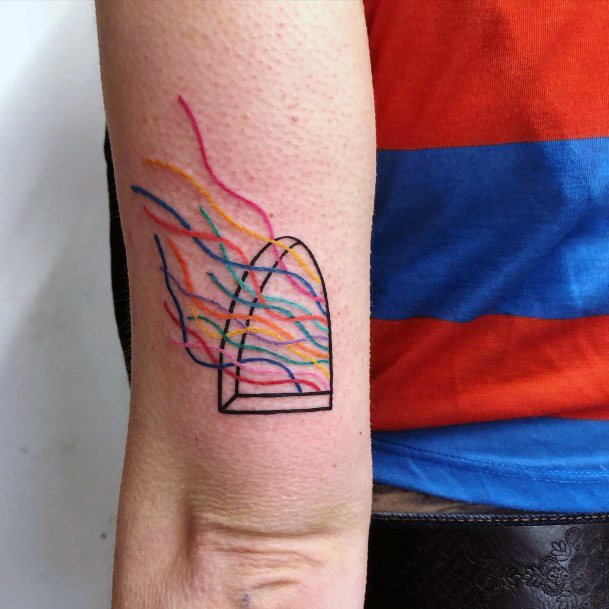
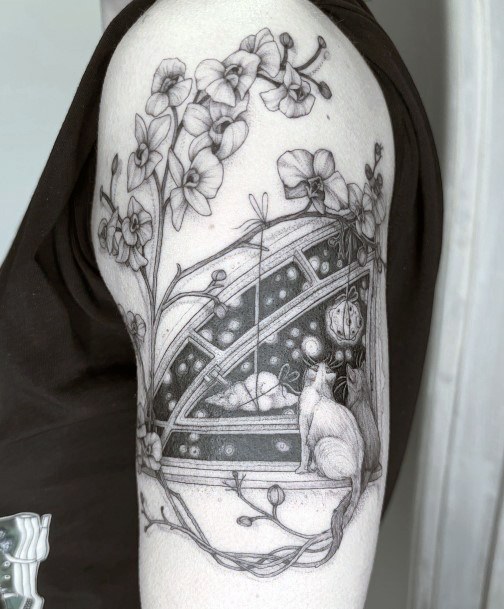
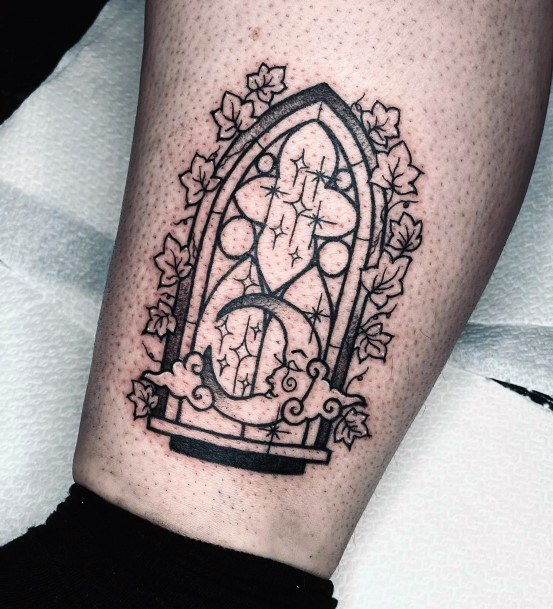
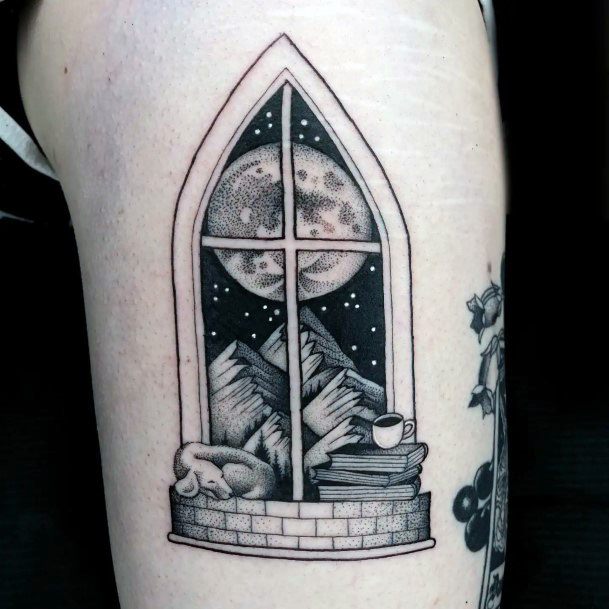

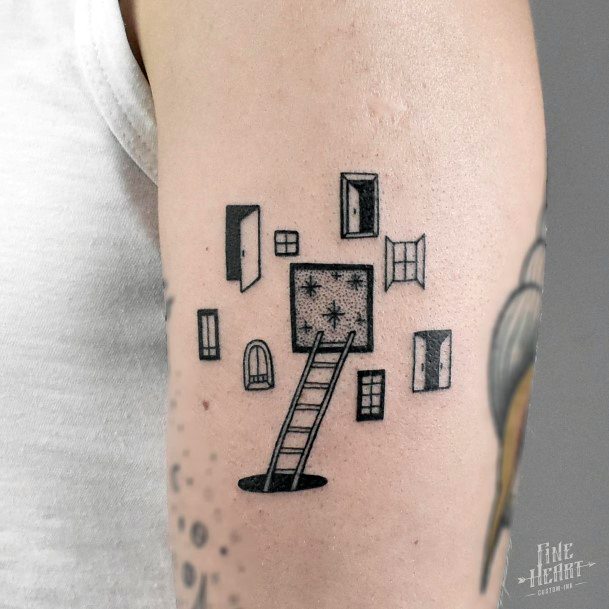
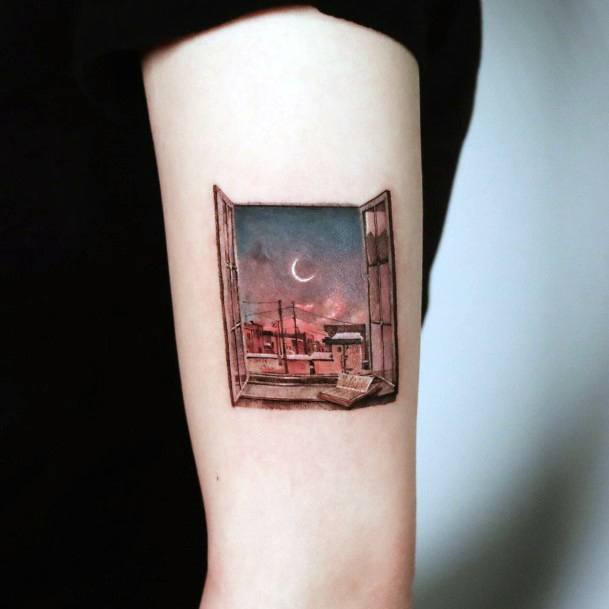


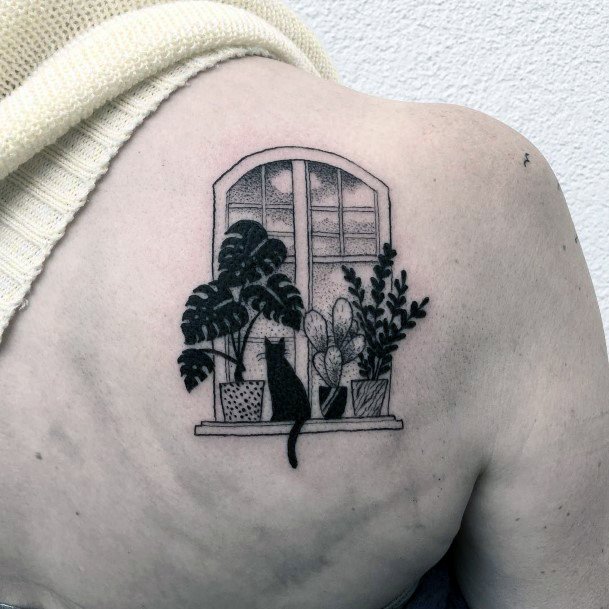


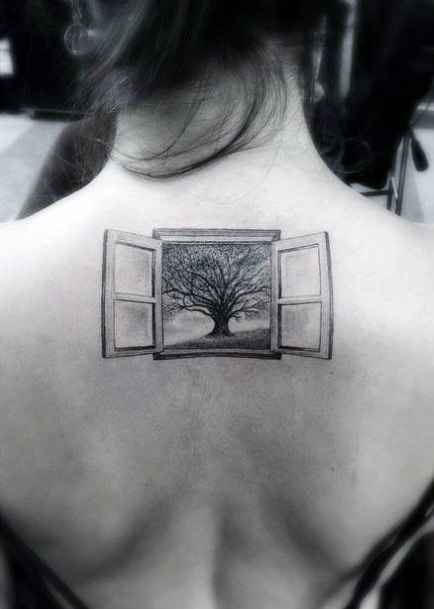

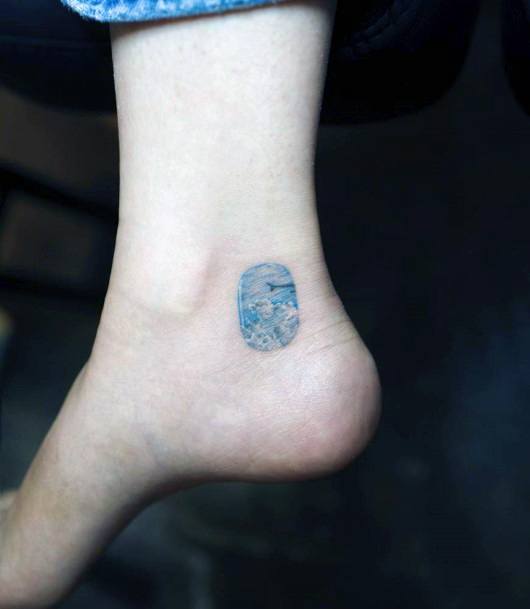

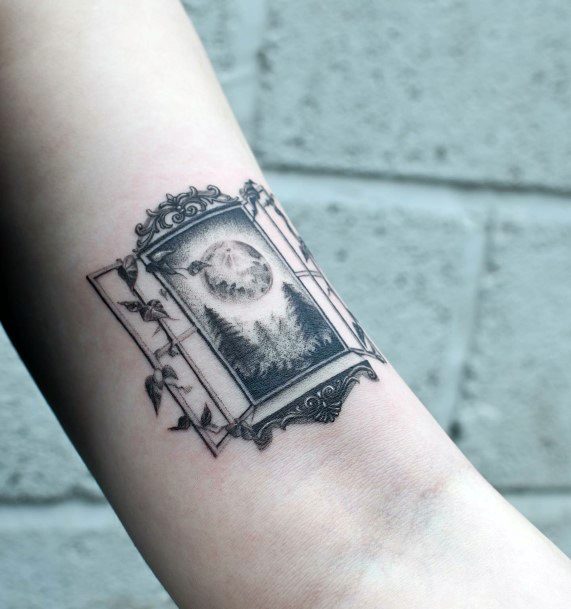
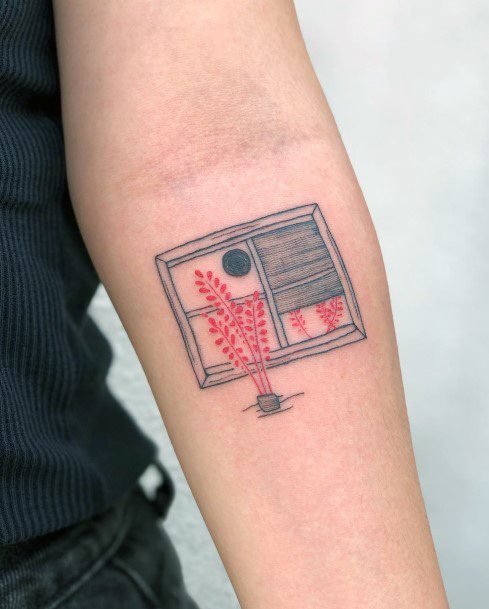


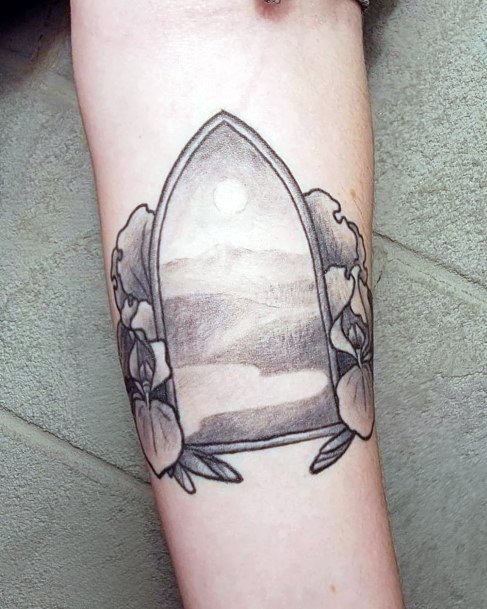
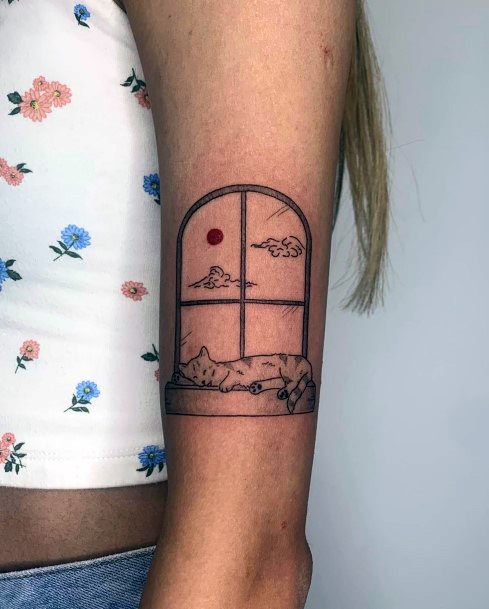

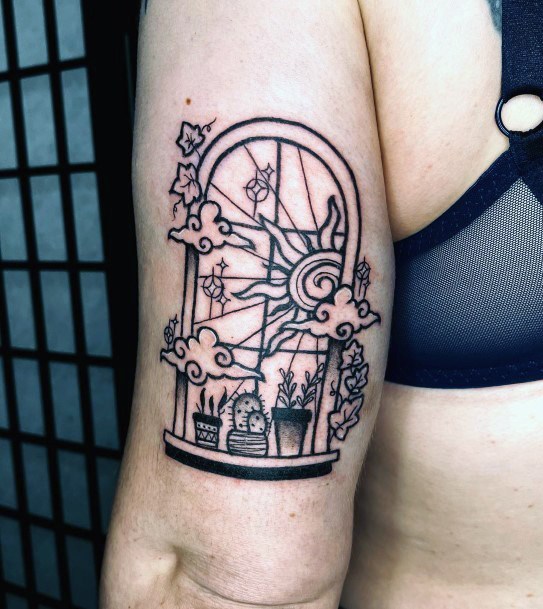

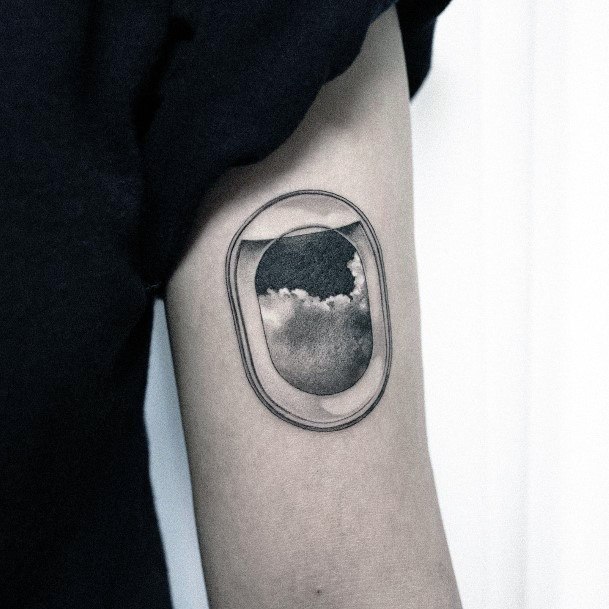
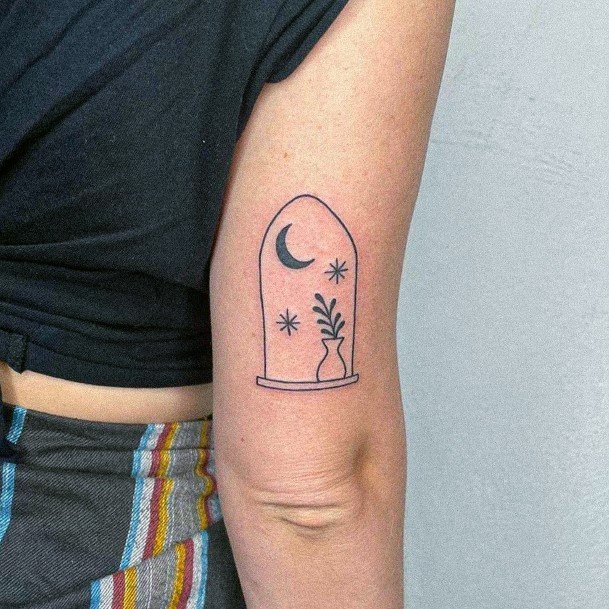

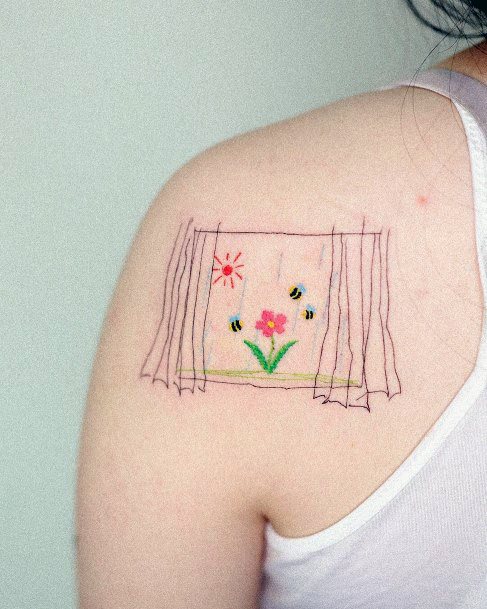
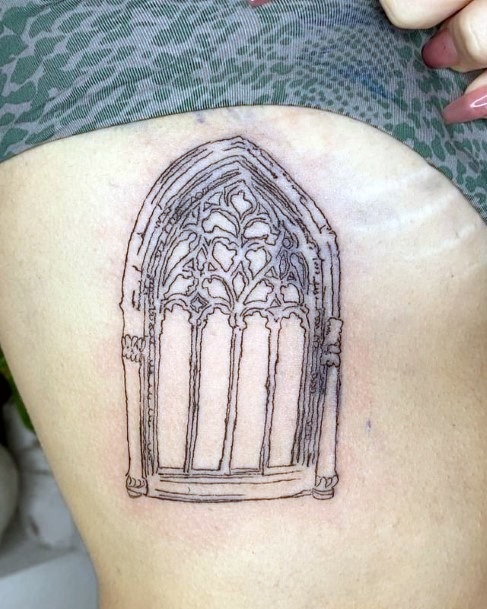
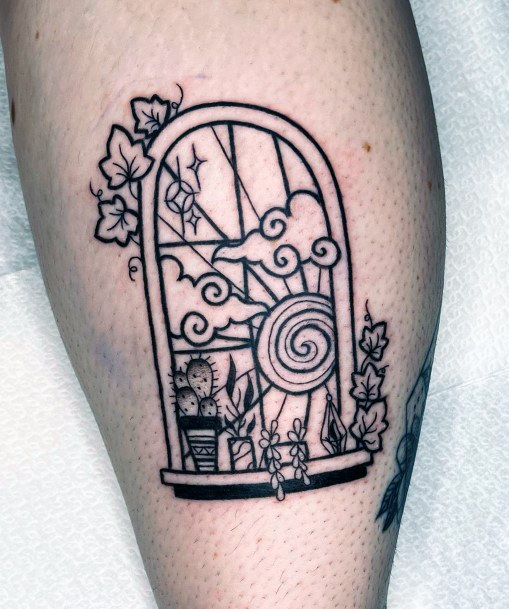
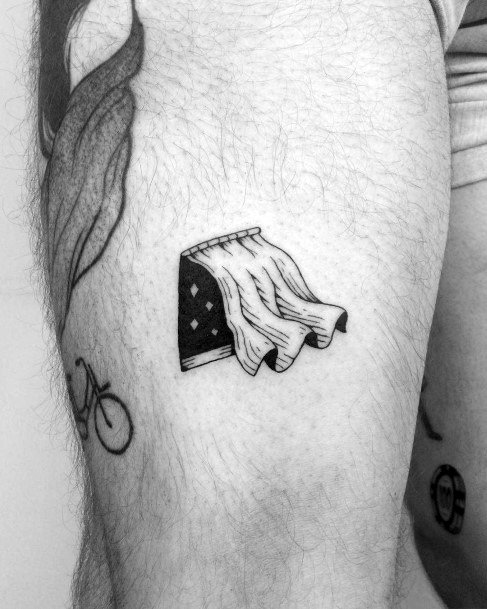
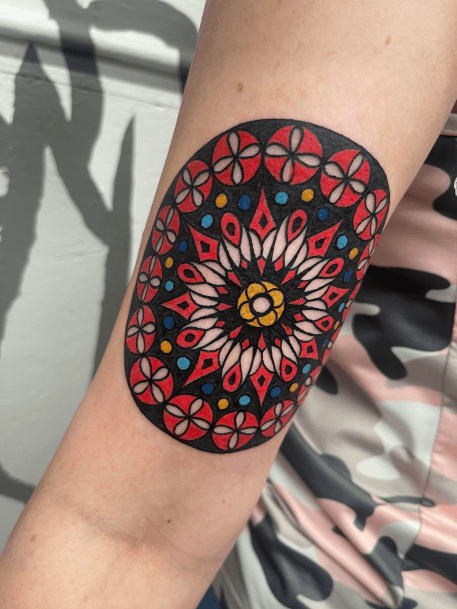
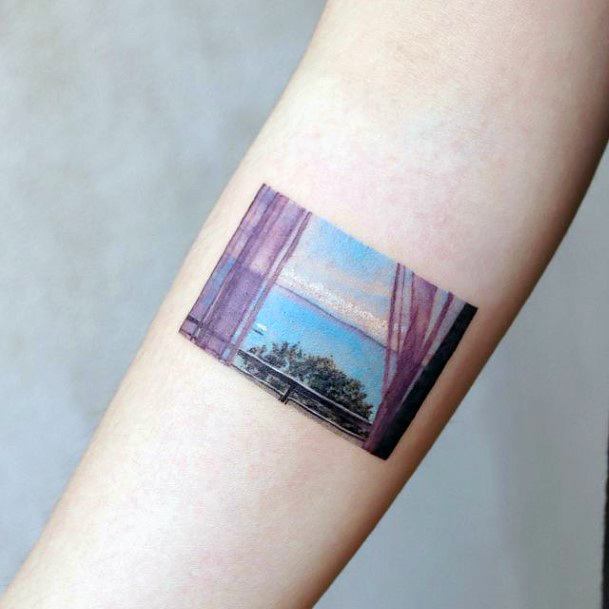
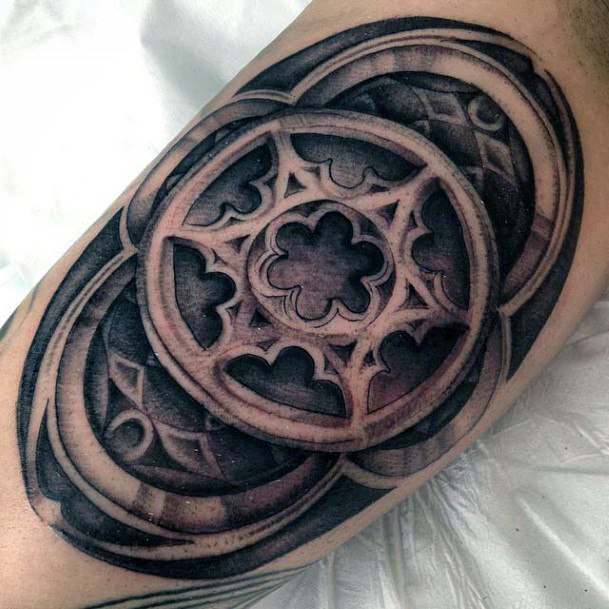
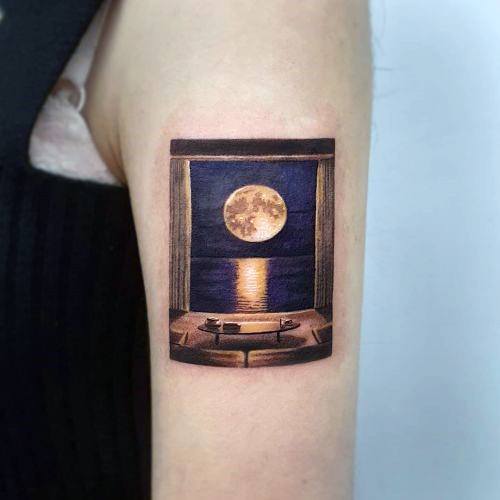
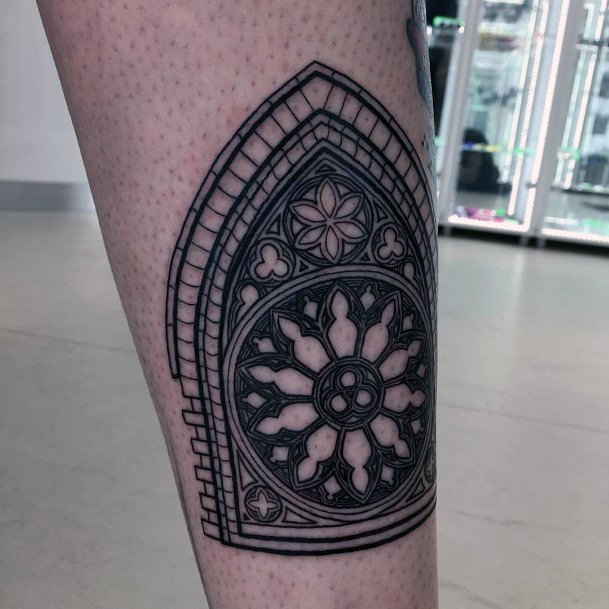
Window tattoo meanings and symbolism:
What do Window themed designs mean and symbolize?: Window designs can be used to express a woman’s outlook on life, their dreams and aspirations, or even their fears and anxieties. Windows have been used throughout history as a metaphor for understanding the human condition, and they continue to be an important symbol in tattoos today.
Windows are often seen as a symbol of openness and transparency. They allow light into dark spaces, providing illumination and hope for those who seek it. When it comes to certain tattoos, windows can be used to symbolize a female’s potential for growth or transformation. A window can be seen as an opening that allows one to see outside of themselves and gain insight into the world around them. It can also represent a gateway between two worlds; the physical world that we inhabit, and the spiritual realm beyond our comprehension.
Windows are also often associated with freedom and escape from confinement or oppression. In some cases, windows can act as portals between different realms of existence, allowing characters to transcend physical boundaries and explore new possibilities. This is especially true when windows are placed in prison cells or other places where freedom is limited. By looking out of the window, characters may find hope in what lies beyond their current situation or discover newfound courage within themselves to break free from their restraints.
Windows can also signify vulnerability and exposure to danger when open too wide or without proper protection from intruders or storms outside. This idea is commonly explored in Gothic fiction where characters must navigate through treacherous environments while trying not to succumb to whatever dangers lurk behind closed doors or windows left open too wide for safety’s sake.
In some works of literature, windows are also used as symbols of nostalgia; allowing readers to look back at past events with fondness and regret while looking forward with anticipation towards what lies ahead in the future. Windows may also serve as reminders of missed opportunities; moments when one could have taken action but chose not to do so due to fear or hesitation instead.
Windows are sometimes seen as symbols of faith; providing a view into unknown territory that only faith can guide one through safely without fear of what lies ahead or behind them at any given moment in time. This type of symbolism often speaks volumes about how much trust someone has put into something they cannot see but still believe will lead them towards salvation eventually if they stay strong enough on their journey despite all odds being against them at times along the way.
